Figure skating is an art form, and it takes dedication and practice to develop the skills necessary to reach a competitive level. Still, with the right attitude, resources, and know-how, you can teach yourself how to figure skate, so let’s hit the ice and perfect that technique!
To self-teach figure skating:
- Know the risks.
- Do your research.
- Master the basics.
- Practice frequently and condition yourself.
- Find a community.
- Record yourself.
- Use an app like iCoachSkating.
- Get all the help you can.
So, let’s talk about how you can efficiently and adequately teach yourself how to figure skate. I’ll give you some pro tips and tell you how to make the most progress while perfecting your technique and learning new moves– even if you don’t have a coach.
1. Know the Risks
Most people recommend that beginners not teach themselves figure skating since no one will be there to correct your form, posture, and technique when you work alone. However, in some circumstances, self-teaching is the only option, and trying to learn on your own is still better than doing nothing.
Still, figure skating can be dangerous, especially if you don’t have anyone to tell you when you aren’t in the correct position to perform a maneuver.
Before you hit the ice and start teaching yourself, invest in some knee and elbow pads and a quality helmet. That way, as you learn, you won’t have to worry as much about those inevitable falls.
You will also have to be very dedicated to your sport to teach it to yourself. Learning with a trainer is much speedier, and if you get frustrated, your coach will be able to give you pointers and encourage you to keep trying.
When you practice alone, you’ll have to be your own coach, critic, and cheerleader, which is a lot easier said than done.
So, in teaching yourself, you sign up to take on plenty of responsibility for yourself and your discipline. Still, if you put the work in and believe in yourself, there’s no limit to what you can do!
2. Do Your Research
When you start teaching yourself figure skating, it is crucial to keep yourself from using the wrong form and technique. That’s because learning these practices and habits can be very challenging. In addition, using the wrong approach can get you injured or weaken your body.

So, every time you want to try a new move, do your research. Watch videos, read plenty of instructional books, and keep an eye on any experienced skaters at your rink.
Set clear-cut goals and learn as much as you can about new positions and techniques before you attempt them. I like to use YouTube to familiarize myself with level-appropriate procedures. Sometimes, I’ll find a guided walkthrough with a coach.
Then, once you know the particulars of each maneuver, you can ease yourself into learning it.
The Best Books for Figure Skating Techniques
Like with most sports, getting the proper resources can help you learn maneuvers right the first time. Still, with an oversaturated market full of gossipy advice and badly-executed manuals, it can be challenging to find helpful books on figure skating that are well worth reading.
So, let’s look at some of the best books for learning figure skating techniques, all of which are available on Amazon.com:
Figure Skating With Carlo Fassi by Carlo Fassi and Gregory Smith
This book is my favorite resource for figure skaters, and I think every skater should have a copy.
With tons of detailed illustrations and not just elaborate photos, this guide will walk you through each step of a maneuver, helping you understand the perfect form and technique for executing hundreds of different moves.
The Complete Book of Figure Skating by Carole Shulman
This guide by Carole Schulman is often regarded as the standard figure skater’s textbook.
Above all, this book’s organization is fantastic, with beginner techniques at the front and advanced moves at the back. So, this is a perfect instructional book for beginners who want to work their way to the top!
Conditioning for Figure Skating by Carl Poe
This book is loaded with helpful exercises to help you get in shape for figure skating.
With over 300 detailed illustrations and even more walkthrough guides, this book is a perfect companion to skaters who want to perfect their warm-ups and cool-downs or who want to maximize their time spent off the ice.
The Best Online Resources for Figure Skating
Finding online resources is easy, but finding helpful internet resources for figure skating is much more challenging. That’s why I’m here to help you find the most authoritative websites to use while you learn to skate:

US Figure Skating Association
The USFSA is the best resource for finding rulebooks or locating local clubs.
There are tons of articles and videos, which can benefit beginners and advanced figure skaters alike. Additionally, you can stay up-to-date on the latest news, including any rule changes that may occur.
Olympic Channel
Besides listing all International Skating Union clubs and rinks, the Olympics website includes tons of companion tutorials and guides for beginning figure skaters.
They also post up-to-date videos and information about Olympic skaters, which can be helpful when you want to see a perfect demonstration of new techniques.
Golden Skate
Golden skate is a complete resource, with forums, news, event calendars, and so much more.
This website is the perfect place to discuss your techniques with other figure skaters from across the globe, and it has many good videos you can use while learning new moves.
3. Master the Basics
Before you start trying your hand at figure skating, you must have the basic techniques for all types of skating down. You’ll have to be very comfortable on the ice before learning about complicated maneuvers since a method built on a lousy foundation will fall.
That means you should be able to glide effortlessly, do basic spins, fall gracefully, and stop without falling or using the wall. Still, the most crucial piece of mastering these basic techniques is to keep perfect posture while you do them.
You will need to perfect your body’s position as you learn so that keeping your posture aligned becomes second nature to you.
Getting the basics down before moving into more advanced artistic techniques can help keep you from falling and getting hurt as you try new things.
For some advice from a trained figure skater, check out this introductory video and beginner technique tutorial from SofaBar Fitness:
As you can see, there are many particulars that you’ll have to remember, even while performing the most basic maneuvers. Keeping your body in the correct posture is crucial no matter what you want to attempt, so practice is essential in this sport.
4. Practice Frequently and Condition Yourself
Skating isn’t just about fancy moves. You have to be in excellent physical condition to keep the correct posture during any maneuver, so practicing frequently and exercising when you’re off the ice can help you develop perfect technique.
When you are in the process of learning, practicing once a week or more is always best. That way, you can keep up with your progress without forgetting what works and what doesn’t. In addition, practice will help you keep your muscles in tip-top shape, which is crucial in figure skating.
As my coach used to tell me, “an overcooked noodle will not spin.” Developing core strength, firm glutes, and a perfectly aligned posture can keep you upright, even during the trickiest of maneuvers.
Working out while you’re off the ice is another fantastic way to keep in shape. Tons of conditioning exercises can help you develop the leg, ankle, shoulder, and core strength you need to skate well.
For some fantastic off-ice exercises, check out this brief workout tutorial from Ice Coach Online, an incredible figure skating resource:
5. Find a Community
Although you are teaching yourself how to figure skate, being part of a supportive figure skating community is essential for correctly learning your techniques.
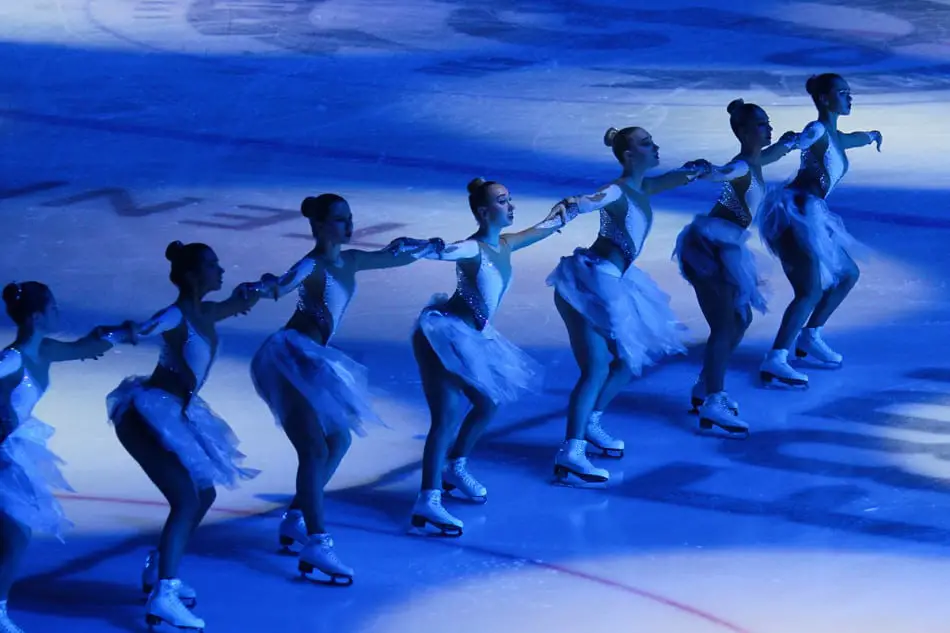
There are tons of resources available for beginner figure skaters to help you connect with both people at your level and more experienced skaters.
You can become part of a forum, follow Reddit or Discord channels, or start sharing videos on Youtube to seek help from other skaters. Alternatively, you can also try to meet other figure skaters at your local rink (if there are any).
If there is a coach at your rink or other figure skaters who often skate simultaneously with you, don’t be afraid to ask for advice. However, since you’re not paying them, make sure not to ask too much. That said, you may be able to ask for some demonstrations or be able to watch some lessons from the sidelines.
Watching and listening to other experienced figure skaters is one of the best ways to learn more about new moves and analyze the technique necessary to pull them off, so you should always take advantage of the lessons you can learn from fellow skaters.
6. Record Yourself
Knowing what you need to do to get a maneuver right is the easy part of figure skating. However, the real work comes in when you get on the ice and put your knowledge to the test.

Often, self-taught skaters believe that they have perfect form until an expert critiques them. That’s because, when you’re in motion on the ice, it’s easy to lose an idea of what you look like from a viewer’s perspective. To help you compare your technique with that of experts, you may find that taking videos of yourself skating is the best practice.
Using a smartphone to film your practice is an excellent way to see where things went wrong in your maneuver, especially if you have another video to compare yours to.
To get your technique on film, you can solicit help from a friend or rink-mate or bring a phone stand and set it up on the rink wall.
I always like to take a video of myself as I try new techniques. Then, I review the footage once I feel like I have gotten the positioning and movements down. Often, examining the video reveals that I have bad posture or started a bad habit that I need to fix.
7. Use an App Like iCoachSkating
A few apps allow you to get a virtual figure skating coach with whom you can ask for advice and share videos to get pointers.
By far the best app out there is iCoachSkating, which gives you all the materials you need to take your skating to the next level. It is a paid app, but it is a valuable resource for DIYers like us.
In addition to having a coach who will review your progress and help you perfect your technique, you can also gain access to tons of instructional videos from professional coaches. There’s also plenty of literature on the app to help you learn all the dos and don’ts of figure skating.
This skating app also offers a unique program for adults that makes learning ice skating after your teenage years much more user-friendly.
8. Get All the Help You Can
Self-teaching figure skating is difficult, so you should take any help you can get.
If there is a coach at your rink, you might want to discuss lessons with them, even if your class is only 15-minutes long once a month. With some one-on-one time with a coach, you can more easily identify bad habits and mistakes that you might be making as you execute new techniques.
You can also ask for lessons and tips from other figure skaters at your rink. You can talk about what you have taught yourself during your class and ask for pointers as you demonstrate your progress. Having another person critique your form is beneficial, so try to ask for help as often as you feel comfortable with it.
If finances are your biggest constraint, you can also ask for coaching as a gift from people you are close to during the holiday season or your birthday. One hour of coaching, even if it’s just once a year, can make a huge difference since you can ask questions and have access to demonstrations and help.
You may also want to encourage your friends to come skate with you since having a support system at the rink will always help you stay encouraged.
Conclusion
Self-teaching figure skating is possible, but it will take plenty of research, dedication, practice, support from friends and rink-mates, and some advice from fellow figure skaters and coaches. So, if you learn about techniques before you try them, try to master your posture, and take the time to critique yourself, you’ll be gliding and spinning on the ice in no time!

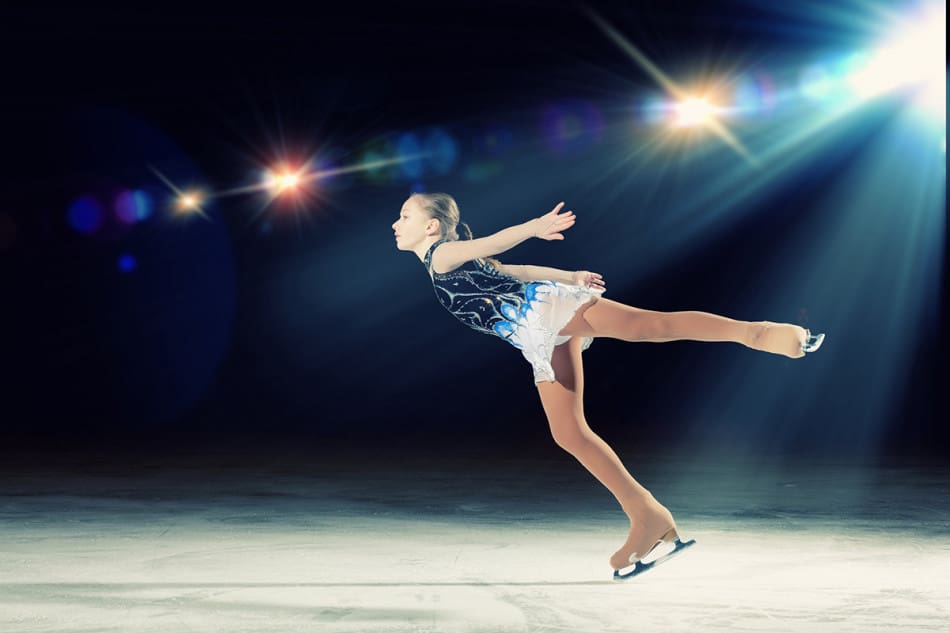

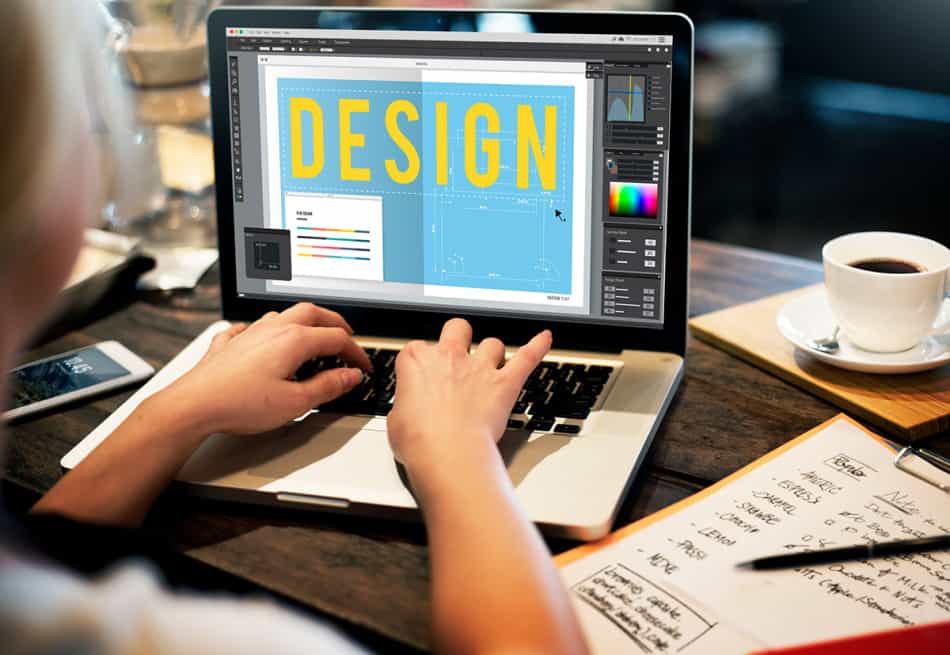
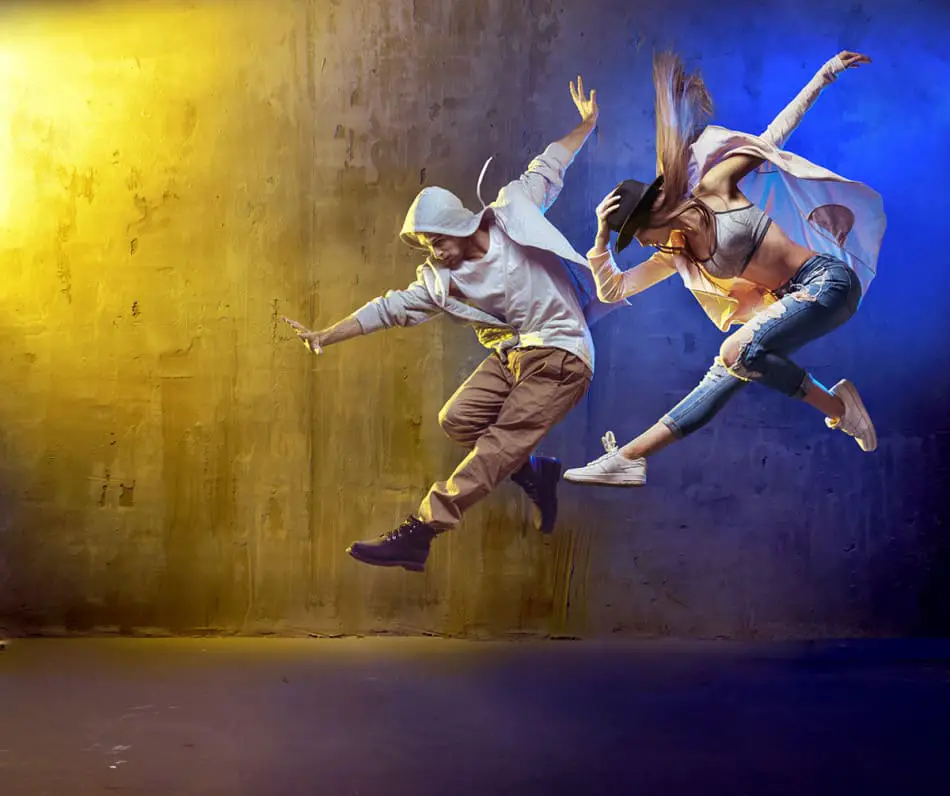
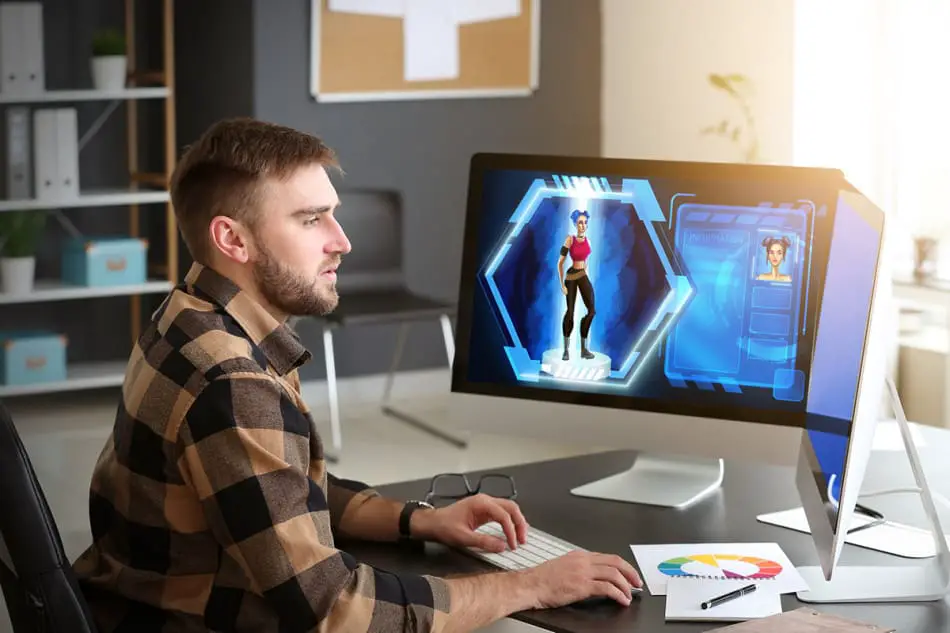

I love it a lot and impressed your working style because you shared your articles simple and perfect then others.
مفارش صيفية
Wow ! What a post excellent effort much needed information and very well describe topic great job.
embedded firmware development